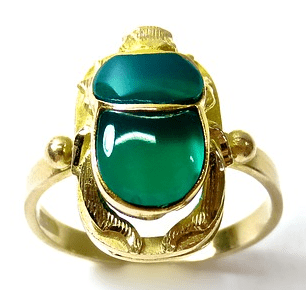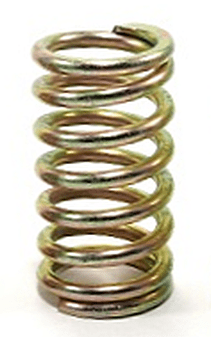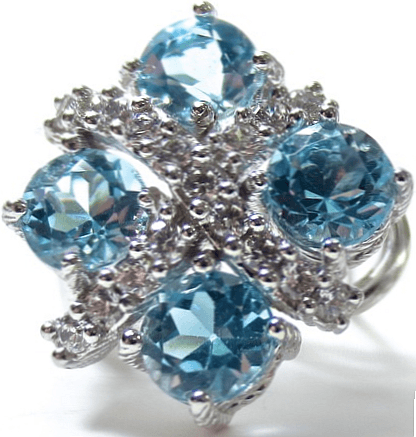
The periodic table of the elements begins with the tiniest atom, hydrogen. From there we proceed through helium, lithium, beryllium, boron, and carbon. Let’s very briefly touch bases on all of these except beryllium metal.
The Other Elements
Hydrogen is the most common element in the universe. It is the fuel of the stars. Compounded with oxygen, it forms water, essential to life.
Helium is abundant in space as the fusion product of hydrogen. It is lighter than air, as is obvious when it fills our children’s balloons. It is chemically essentially non-reactive, hence harmless. As a joke, we may even inhale a little helium and speak out in a high-pitched, ‘chipmunk-like’ voice.
The third atom, lithium, is the smallest metal. It is a very reactive metal, included among the alkali metals sodium, potassium, and so forth.
Boron, No.5, is an element of many uses. It is compounded in the famous laundry cleaning booster in “20-Mule Team Borax”. We use boric acid for our eyes and sodium borate to kill roaches. Why, we even use a boron derivative to make the kids’ toy Flubber.
Carbon is the backbone of life. With the exception of water, essentially all life’s chemicals are carbon based. Carbon is in our lead pencils and frequently adorns a married woman’s wedding ring.
Beryllium Metal

Beryllium¹ is most interesting, if a little strange, in its uses and behavior. First, we’ll give a basic description of the metal. It exists essentially as one isotope in nature, with four protons and five neutrons in its nucleus.
Beryllium metal is light and soft. It is included with calcium, magnesium and other alkaline earth metals. Yet, unlike them, it oxidizes in air only at high temperatures. Beryllium is relative rare. In contrast, calcium is a major component of our teeth and bones and magnesium is an essential component of most of the plants we eat.
Beryllium metal, and especially beryllium compounds, are extremely toxic! Yet ironically, two natural occurring forms of toxic beryllium are exquisitely beautiful… the minerals beryl and chrysoberyl. Who doesn’t like emerald, golden beryl, or aquamarine?

Unusual and Fascinating Facts Concerning Beryllium
Due to its rigid matrix, sound travels rapidly through beryllium, even faster than it travels through diamond. This makes it attractive for use in ultrasonic transducers.
Beryllium metal is used to make ‘windows’ that pass x-rays through unimpeded. Thus it is desirable to the physical sciences and medicine.
Beryllium copper wrenches are non-sparking and so are used for work potentially involving explosive gases.

Beryllium-copper springs offer outstanding elasticity.
Beryllium oxide is an electrical insulator, yet a heat conductor. The same is true of black-anodized aluminum. This is of particular interest in low-temperature physics.
¹ An excellent image of beryllium metal foil may be seen in this Indiamart image.
In Conclusion
Clearly, beryllium offers interesting, nearly unique properties. It is fairly expensive because it is relatively rare. In view of how it can harm humans who have close interaction with it, should we be surprised at its rarity, or be disappointed?
References:

I can still list the first few items in the periodic table off by heart, including beryllium and it wasn’t until I saw your post that I realized we never actually covered beryllium in school that I recall. H, He, Li, Bo C, N, O, etc, yes, but not beryllium!